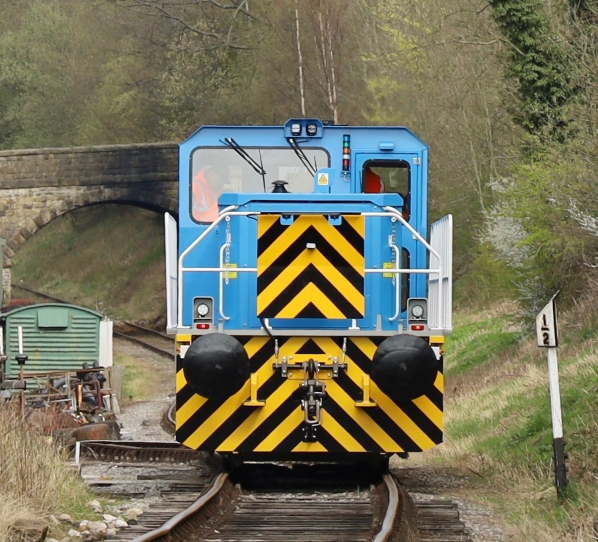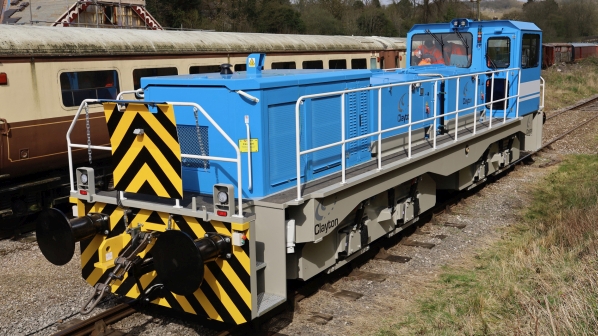The class CBD90 90-tonne bespoke locomotive, which can be manufactured, tested and commissioned in just over 24 weeks, offers high torque and haulage capability with over 300kN tractive effort, delivering 2500-tonne loads, operating on a maximum gradient of 1.7%.
The locomotive is self-contained, with onboard battery charging from a low-emission, EU Stage V compliant diesel engine charging a traction battery, which in turn powers four 104kW switched-reluctance, maintenance-free, high-torque electric motors.
Clayton Equipment says the setup yields several advantages, including around-the-clock availability.
Fuel costs and emissions are significantly reduced by the hybrid technology, and the diesel engine can operate at the optimum speed for recharging the battery on-board. Regenerative braking from both gradients and flat tracks also boosts battery charging.
Maintenance costs, time and fuel use are reduced due to the hybrid design which eliminates the need to idle, as the engine can be switched off while waiting.

Battery challenges and solution
The Hawker Perfect Plus traction batteries, designed by EnerSys, accept charge from the diesel engine or from an external 400V three-phase supply, and provide power to the electric motors.
The first challenge of designing the CBD90 locomotive was that the motors required an unusually high DC operating voltage of 564V, compared with more usual levels of around 80V used by vehicles such as forklifts.
Supplying the battery as one or two units to achieve this was not difficult, but designing a suitable battery charger presented more of a challenge, EnerSys says. This was overcome by the Perfect Plus batteries’ flooded lead-acid design, which can be charged relatively simply unlike VRLA or lithium-ion battery technologies.
The batteries provide high levels of power and reliability, from low-load applications up to heavy-duty multi-shift operations. Their long running time, availability and high discharge efficiency meet DIN/EN 60254 and IEC 254-2 requirements, which EnerSys says is essential as non-standard cells cannot be used, especially in remote locations.
The high resistance to electrolytic leakage and provision for escape of charging gases is also important as the locomotives can work underground, in mines, tunnels or other enclosed spaces.
Labour is considerably reduced for the large number of cells needed to support the high voltage, as the batteries are easy to top up from one central point, and bolt-on connectors enable easy cell removal and replacement.

